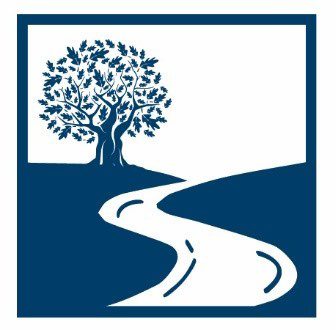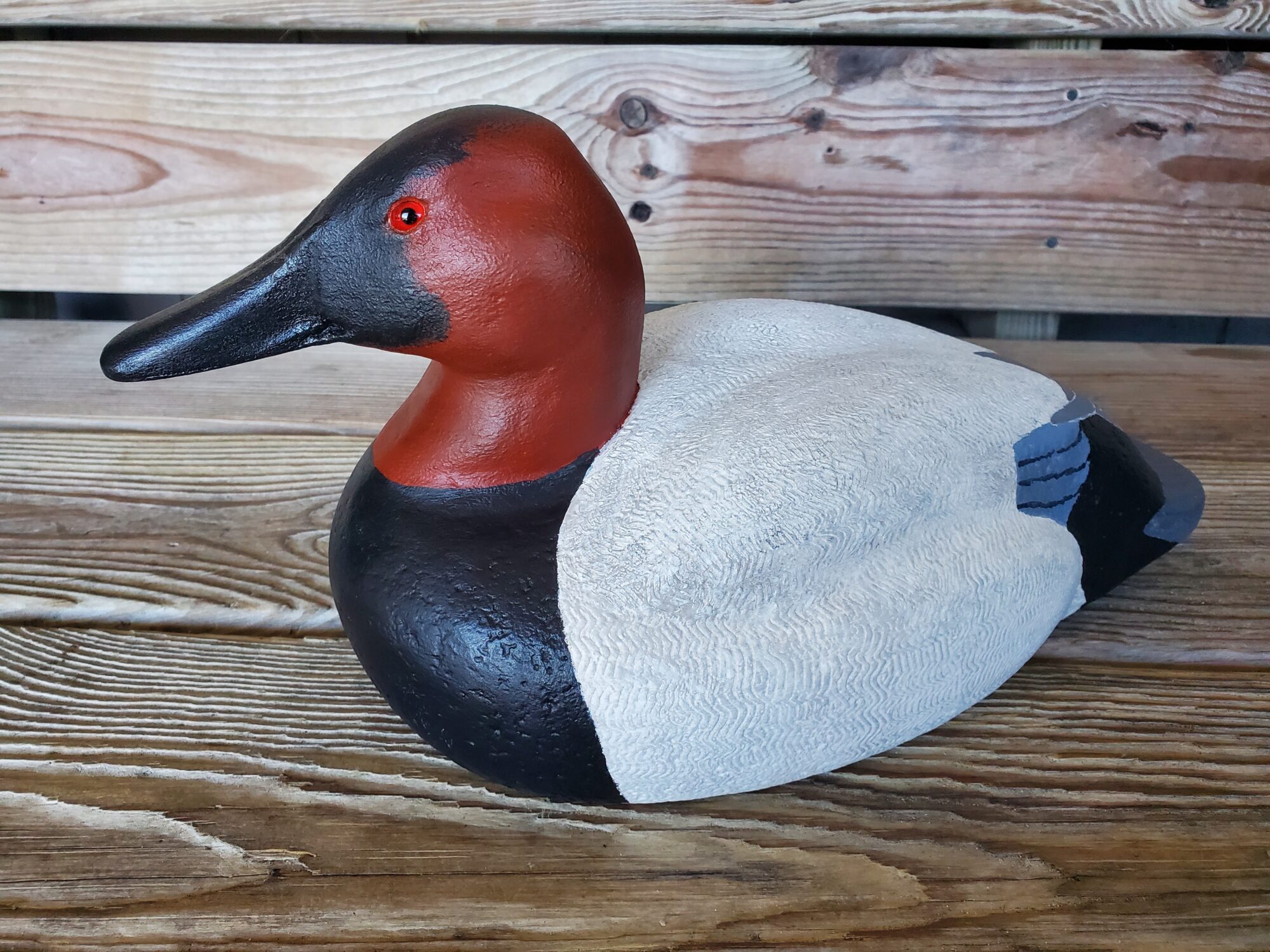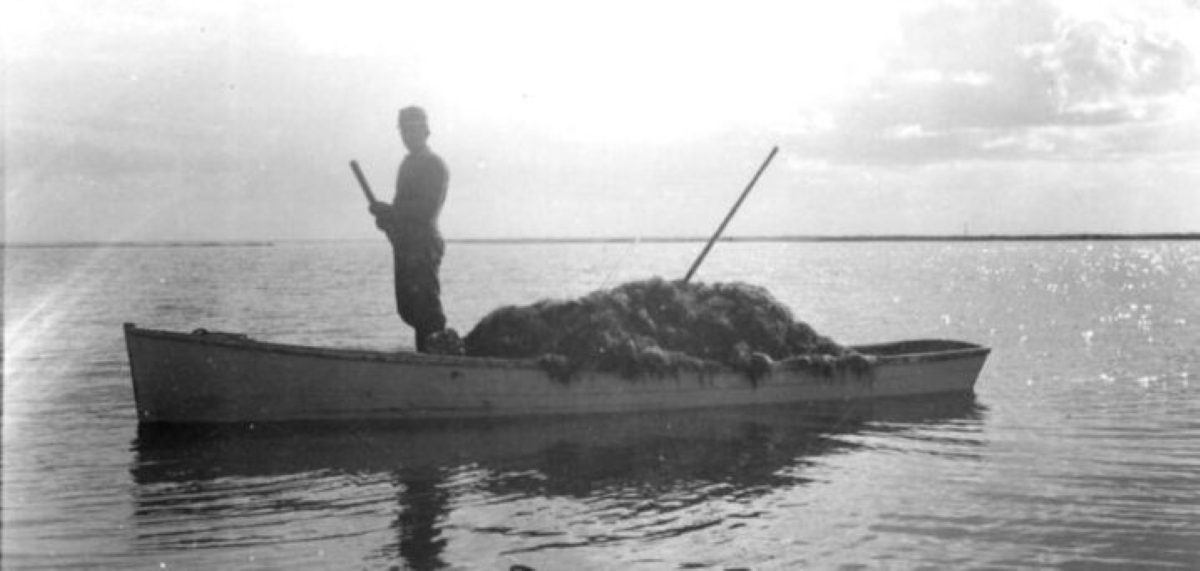COROLLA — I am hunting down a ghost story. I am making my way north of the last outpost of civilization on this end of the Outer Banks, where the paved roads give way to open beaches. With tires slacked down to a mushy 15 psi, I navigated my Land Cruiser through the deep ruts and sugar-soft sand along the base of the dunes. This narrow strip of beach, roughly 15 feet wide, was all I had been left to work with as a strong northeast wind was driving an angry sea well up the shore.
Cutting the steering wheel to the left, I pull myself out of the ruts that I had been following. The engine groans as I begin to crawl my way up and over a ramp through the dunes. This ridge of sand stands guard between the rest of the island and Poseidon’s unbridled wrath; and behind it lies a network of sand trails that lace this part of the Banks and leads to the rental homes here.
Supporter Spotlight
 Penny’s Hill near Corolla swallowed whole the small fishing village of Seagull more than 90 years ago. Gone were two churches, a one-room school, a post office and about 35 houses. Photo: Frogsview Blog |
The sea oats and American beach grass that colonize the ocean side dunes give way to dense stands of wax myrtle tangled in wild grapes and mixed with the occasional stunted and gnarled persimmon. Looking out toward the sound side of the island, this shrub thicket melts into a forest of seemingly impenetrable live oaks, which melt into loblolly pines. A small band of wild horses that make this northern most section of the Outer Banks their home grazed peaceably some 200 feet away.
Out of this landscape rises a tremendous wall of sand. Several stories high, a monstrous dune peaks well above the surrounding forest just to the south of me and towards the sound. It is a sight that seems disconnected from these barrier islands. More Sahara than Outer Banks. This dune is so large that it is easily seen from the mainland some four miles to the west across Currituck Sound. A landmark if you will, that has guided countless ships along the ocean and skiffs along the sound for centuries. This is where history, legend and geology become one.
The Outer Banks once gave rise to numerous sand hills of such proportions. With names such as Penny’s Hill, Lewark’s Hill, Jones Hill, Poyner’s Hill, Kill Devil Hills and Jockey’s Ridge, these massive sand dunes once characterized the islands and set them apart from others elsewhere along the Eastern Seaboard. Though each of these giant hills officially had names — this particular pile of sand being Lewark’s Hill — colloquially these massive dunes were referred to as “sand waves” or “whaleheads” on the Outer Banks. From a geological perspective, however, they are all classified as medanos – a migratory dune.
Medanos are defined as very large “living dunes” that distinctly lack vegetation. Such absence of vegetation is the result of the constant flux that these sand dunes are in — hence the concept of “living.” Towering above the landscape as they do, medanos are affected by the winds that typify life on the Outer Banks in ways that other dunes in the area are not.

Jockey’s Ridge, the highest sand dune on the East Coast, eased itself over top of the first hotel on the Outer Banks, built around 1838. In later years, clerks offered discounts to visitors who didn’t mind digging their way into the two-story structure. Photo: Jockey’s Ridge State Park
Supporter Spotlight
Though summer may bring an almost constant southwesterly breeze to these barrier islands, it is the northeast gales that come howling in off the ocean the rest of the year that drive these dunes across the landscape. The wind picks up and carries billions of grains of sand up the northeast face of these giant sand hills, which can be several stories tall. Once the sand crests the top of the hill, it slips into the eddy behind the peak and tumbles down the steep embankment along the backside of the dune. Grain by grain, storm by storm, the dune is rolled over top of itself.
These so called sand waves, named such because they were like a tidal wave of sand barreling down upon the islands, have the destructive force of a glacier – unstoppable, consuming all. Anything and everything in the path of these dunes will succumb to its slow march across the landscape. Lewark’s Hill, like Run Hill further south in Kill Devil Hills, is currently in the process of engulfing vast stretches of maritime forest. Steep cliffs cascade down into the trees where the canopy of live oaks and loblolly stick out of their tomb of sand. Left in its wake, one can sometimes find the remnants of a ghost forest, those skeletal trunks that stood years beneath the sand before the dune moved on.
 History and geography coincided perfectly for Orville and Wilbur Wright, who could not have made history in 1903 without the wild sand dunes of Kill Devil Hills. Photo: Library of Congress |
Forests, however, are not the only thing that these legendary waves of sand have entombed over the years. Entire towns have vanished beneath these unstoppable juggernauts. The sleepy village of Seagull once stood along the banks of the New Currituck Inlet before it was swallowed whole by Penny’s Hill after this sand wave migrated across the inlet, filling it in and changing commerce in the area forever. Jockey’s Ridge, the largest “living dune” on the East Coast, allegedly sits atop of one of the original 19th century Nags Head resort hotels, according to a 1906 edition of National Geographicmagazine. Today, you can even see the remnants of the Jockey’s Ridge Putt Putt golf course that was buried by the advancing sands of this medano, peaking out of the east side of the dune near U.S. 158. Sand is constantly being removed from the southern flank of Jockey’s Ridge to save the houses that sit in its path. All up and down the Outer Banks similar stories punctuate the foggy history of these hills. Though most such stories have long been forgotten even by those who live here.
There are few places where the history and the environment are so tightly braided together as upon these barrier islands. The medanos of the Outer Banks stand testament to this fact. License plates in North Carolina would not read “First in Flight” if it were not for the giant dunes of Kill Devil Hills that the Wright Brothers so famously launched their flying machine from the top of (now planted with sod to keep it from moving). Communities such as Corolla and Diamond City may never have been built if it were not for the towering hills used for spotting migrating schools of fish and whales. The projected path of these dunes was a consideration for the establishment of most towns along the Banks actually. And before the days of lighthouses, these sand waves where the only means of navigating along this infamous stretch of coast, possibly sparing thousands of lives from joining the already gruesome statistics of the Graveyard of the Atlantic.
Climbing to the top of Lewark’s Hill I was afforded a commanding view of both sound and sea. Looking out over the blue horizon, I thought back to the first time I climbed this dune decades past. As a boy turned lose upon the wilds of the northern beaches so many years ago, I was warned not to climb this hill at night. Legend had it that a house set beneath its sands where an old lady was buried inside. Those foolish enough to climb atop her tomb of sand at night would find her icy cold hand reaching out of the dune, fingers clasped around their ankle, as she pulled you down below. History, legend or geology? As with so many things about this coastline, the lines are blurred.







